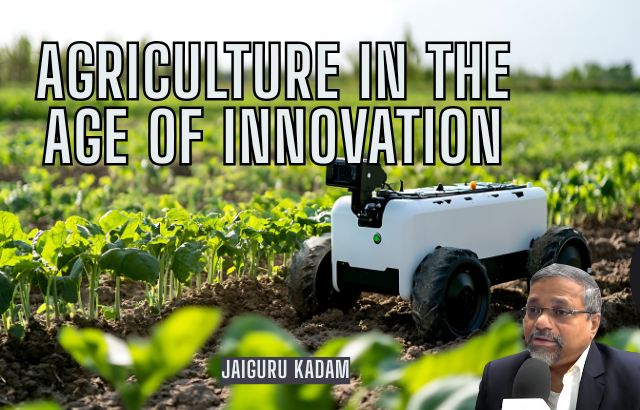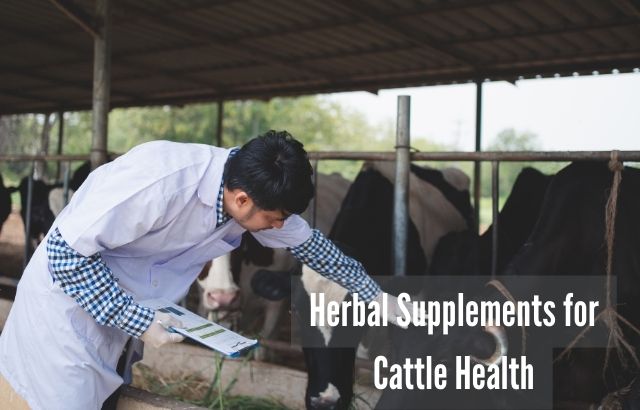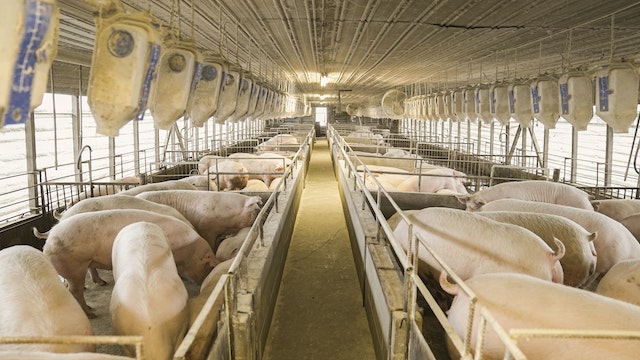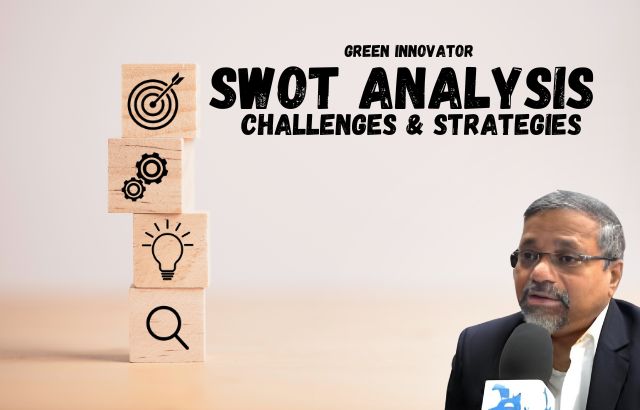Agriculture has long been regarded as the backbone of civilization. From its humble origins thousands of years ago, farming has evolved into a complex and highly specialized industry, thanks to the integration of cutting-edge technologies. Once a labor-intensive and weather-dependent endeavor, modern farming is now driven by smart innovations that boost productivity, sustainability, and efficiency. This blog will delve into how new technologies are transforming agriculture, ushering in a new era of farming that meets the demands of a growing global population.
Precision Agriculture: Farming with Pinpoint Accuracy
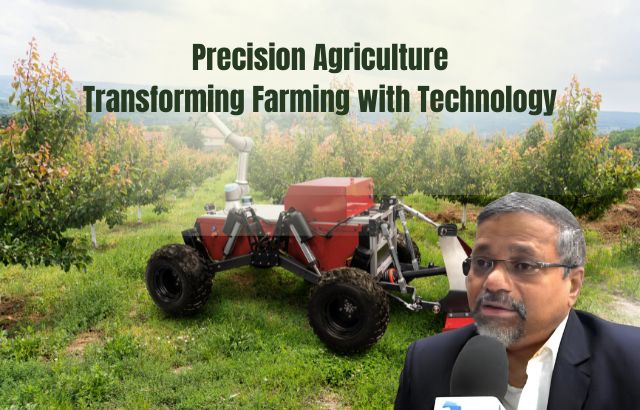
One of the most significant advancements in agriculture is precision farming. This approach harnesses advanced technologies like GPS-guided tractors, drones, and soil sensors to help farmers monitor and manage their operations with unprecedented accuracy. Instead of treating the entire farm the same, farmers can now analyze specific soil conditions, manage irrigation more efficiently, and monitor crop health in real-time.
This leads to:
- Maximized crop yields
- Reduced waste of resources (water, fertilizers, pesticides)
- More sustainable farming practices
By using data to inform decisions, precision agriculture helps minimize the environmental impact of farming while boosting productivity.
The Rise of Agricultural Drones

Drones are rapidly becoming an indispensable tool in modern farming. Equipped with high-resolution cameras and specialized sensors, drones can gather real-time data about crop health, pest problems, and soil moisture levels. This allows farmers to act quickly and make informed decisions, improving:
- Crop monitoring
- Precision spraying (fertilizers, pesticides)
- Efficient use of resources
Interestingly, the global market for agricultural drones is expected to grow from $1.2 billion in 2021 to $5.6 billion by 2030, a testament to the impact they’re having on the industry.
Artificial Intelligence and Machine Learning: The Brain Behind Smart Farming
Artificial Intelligence (AI) and Machine Learning (ML) are revolutionizing how farmers predict, plan, and optimize their agricultural practices. These technologies can analyze massive datasets, identifying patterns and making predictions about:
- Crop diseases and pest infestations
- Optimal planting and harvest times
- Yield forecasts
AI is also helping automate tasks like sorting and packing crops, streamlining post-harvest processes. The global AI in agriculture market is projected to grow at a compound annual growth rate (CAGR) of 24.5% from 2020 to 2027, indicating the growing role of AI in the future of farming.
Internet of Things (IoT) in Agriculture: Creating Smart Farms
The Internet of Things (IoT) has transformed farming into a highly interconnected system. Sensors, cameras, and weather stations collect real-time data on everything from soil moisture and temperature to air quality and crop health. This information is sent to farmers’ devices, enabling them to respond quickly to changing conditions.
Examples of IoT applications include:
- Automated irrigation systems that adjust based on weather conditions and soil moisture levels
- Precision livestock farming that monitors animal health and behavior
- Smart greenhouses with sensors to control temperature, humidity, and light
Vertical Farming and Hydroponics: Farming Without Soil
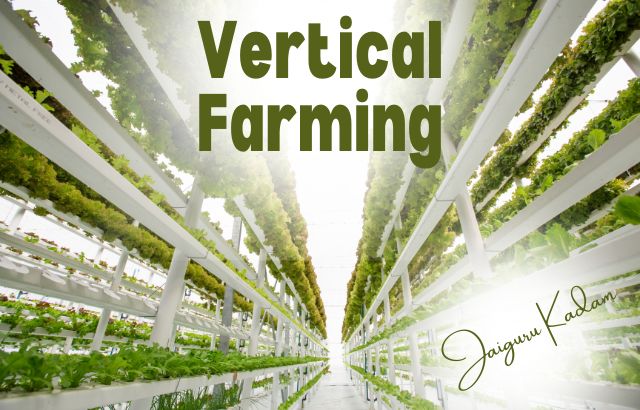
As urbanization accelerates and arable land becomes scarce, vertical farming and hydroponics have emerged as innovative solutions to growing food in controlled, indoor environments. These technologies allow for year-round cultivation with significantly less water than traditional farming methods. Crops are grown in stacked layers under LED lighting, and nutrients are delivered directly to the plants via water-based solutions.
Benefits include:
- Reduced water consumption—up to 90% less than traditional agriculture
- No need for pesticides
- High crop yield in small spaces
The vertical farming market is projected to reach $12.77 billion by 2026, showcasing the growing demand for sustainable farming practices.
Biotechnology and GMOs: Enhancing Crops for the Future
Biotechnology has made tremendous strides, particularly through the development of Genetically Modified Organisms (GMOs). These crops are engineered to:
- Resist pests and diseases
- Tolerate extreme weather conditions (e.g., drought, high temperatures)
- Enhance nutritional content
While GMOs remain a controversial topic, their potential to boost food security is clear. For example, genetically modified crops like Bt cotton have reduced the need for chemical pesticides and have led to higher crop yields.
Blockchain in Agriculture: Transparency in the Food Supply Chain
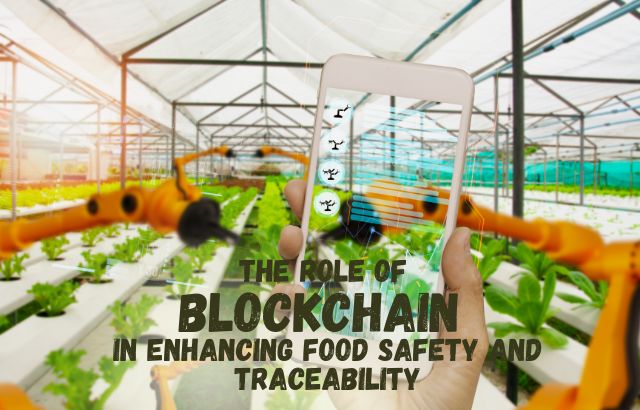
Blockchain technology is making its way into agriculture, improving transparency and traceability in the food supply chain. By using blockchain, farmers, distributors, and consumers can track the journey of food products from farm to table, ensuring authenticity, preventing fraud, and enhancing food safety.
Blockchain can help:
- Track food origins to verify organic certification
- Ensure freshness and minimize spoilage
- Combat foodborne illnesses through faster traceability
Conclusion: A Greener, Smarter Future for Agriculture
The fusion of agriculture and technology is not just a passing trend but a fundamental shift toward more sustainable, efficient, and productive farming. As the global population grows and environmental challenges intensify, the role of innovation in agriculture will only become more critical. From precision farming to vertical farms, AI, and biotechnology, these technologies promise to reshape how we grow food, helping ensure a stable and sustainable food supply for generations to come.
However, as we embrace these innovations, it is crucial that we also preserve the traditional agricultural wisdom that has sustained humanity for centuries. Striking a balance between modern technology and sustainable practices is key to creating a future where agriculture thrives in harmony with the planet.
Frequently Asked Questions (FAQs)
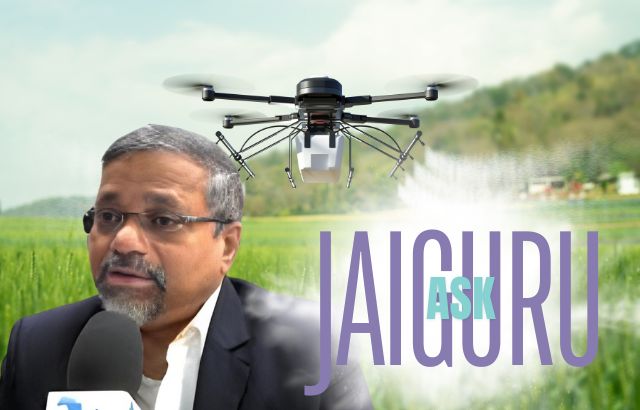
1. How does precision agriculture work?
Precision agriculture uses technologies like GPS, drones, and sensors to monitor crops, soil conditions, and weather patterns. This data allows farmers to make informed decisions about irrigation, fertilization, and pest management, resulting in higher yields and reduced environmental impact.
2. Are agricultural drones easy to use?
Yes, modern agricultural drones are user-friendly and often come with intuitive software that allows farmers to quickly collect data and analyze crop health, pest infestations, and more. Many drone services also offer training and support for farmers new to drone technology.
3. What are the benefits of vertical farming?
Vertical farming allows crops to be grown indoors in stacked layers, optimizing space and water usage. It also enables year-round cultivation and eliminates the need for pesticides, offering a sustainable solution to food production in urban areas.
4. Will GMOs help feed the growing global population?
GMOs have the potential to increase crop yields, improve resistance to pests, and reduce reliance on chemical pesticides, making them a promising tool in addressing food security. However, their adoption is a subject of ongoing debate due to environmental and health concerns.
5. How can blockchain improve food safety?
Blockchain enables better traceability throughout the food supply chain. With every transaction recorded on an immutable ledger, it becomes easier to track the origin of food products, ensure quality, and quickly identify sources of contamination during foodborne illness outbreaks.
Interesting Stats on Technology in Agriculture:
- The global market for precision agriculture is expected to reach $12.9 billion by 2027.
- Vertical farming is projected to see a 24.8% CAGR from 2021 to 2027.
- By 2025, the global AI market in agriculture is estimated to grow to $5 billion.
- The global drone market in agriculture is expected to grow from $1.2 billion in 2021 to $5.6 billion by 2030.
- The use of blockchain in food traceability could reduce food fraud by 25%.
As agriculture continues to evolve, these technological innovations are helping farmers overcome the challenges of today and prepare for the challenges of tomorrow. With sustainability at the forefront, the future of farming looks not just smarter, but greener and more efficient than ever before.

